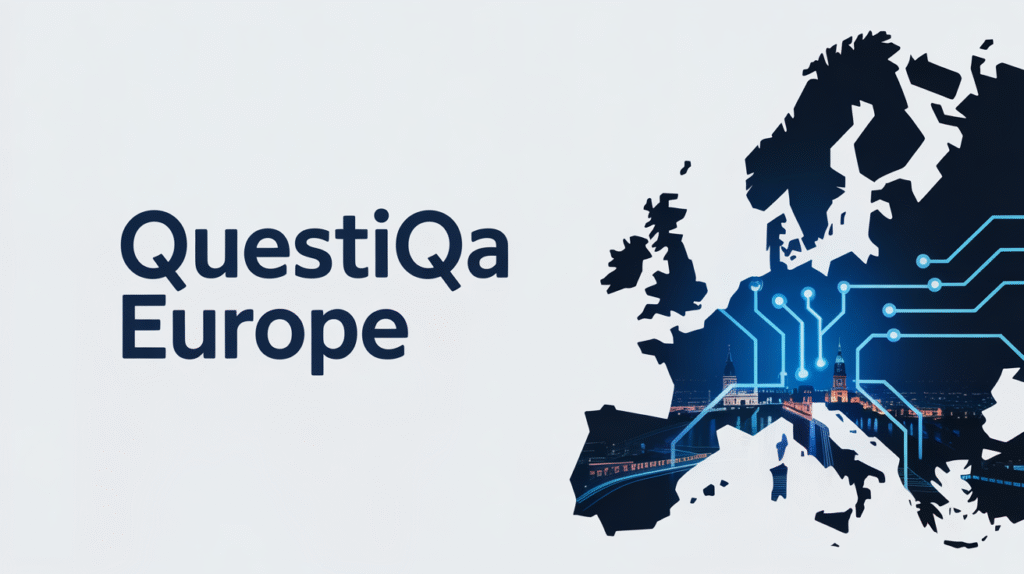Summary – An in-depth analysis of the recent trends in Europe’s football transfer market, highlighting implications for the continent’s economy and EU regulatory framework.,
Article –
The European football transfer market serves as a significant intersection of economic dynamics, regulatory frameworks, and cultural factors, influencing not only the sports industry but also broader European society. Recent transfer activities highlight evolving economic realities and the impact of European Union (EU) policies, making the market a valuable indicator of continental trends.
Background
The football transfer market in Europe takes place biannually, allowing clubs to buy, sell, or loan players to improve team performance. These transfers involve complex negotiations concerning financial agreements, contract terms, and regulatory compliance, supervised by organizations such as UEFA and national leagues. The market reflects economic conditions, club strategies, and the sport’s popularity. Challenges like Financial Fair Play (FFP) regulations, the economic effects of the COVID-19 pandemic, and emerging global talent pools have reshaped the market recently.
The summer 2025 transfer window saw increased investments as clubs aimed to regain competitive positions after pandemic-related revenue losses. Additionally, tightening EU regulations on financial transparency, cross-border payments, and digital innovation have added new dimensions to transfer market operations.
Key Players
Football clubs are central to this market, ranging from established giants such as Real Madrid, Bayern Munich, and Paris Saint-Germain to emerging teams in the Premier League and Serie A. Club executives and sporting directors balance recruitment strategies between success on the field and financial stability. Players and their agents play crucial roles during negotiations, affecting contract terms and transfer fees.
Football governing bodies like UEFA enforce rules such as the FFP regulations to encourage competitive balance and fiscal responsibility. National leagues implement player registration and transfer procedures in line with these regulations.
The EU institutions also influence the transfer market indirectly through legislation impacting labor mobility, taxation, and digital economy regulations within football. There is a strong emphasis on preserving football’s cultural heritage while encouraging economic innovation.
European Impact
The football transfer market has wide-reaching political, economic, and social effects across Europe:
- Economic: Transfer fees and player salaries involve significant capital flows, fueling local economies, creating jobs, and generating tax revenues. The 2025 summer window’s spending exceeded €5 billion.
- Political: Player movement highlights the benefits of labor mobility inside the EU but also raises issues related to regulatory harmonization and tax competition between member states.
- Social: Transfers affect fan engagement and cultural identity, influencing regional pride and international club support.
Furthermore, ongoing debates focus on financial disparities between wealthy Western European leagues and economically constrained clubs in Eastern or Southern Europe, pointing to broader socio-economic inequalities within the EU.
Wider Reactions
EU institutions recognize football’s importance and promote:
- Greater transparency and sustainability in the sport.
- Integration of football into digital and green economy strategies aligned with climate goals and technological progress.
Member states adopt varied approaches regarding tax policies on athlete incomes and club financial oversight. Cooperation with neighboring non-EU countries works to harmonize transfer regulations and combat corruption and match-fixing.
Experts emphasize football’s globalized market potential for growth and cultural exchange but stress the need for strong governance to ensure fairness and integrity. As summarized by a leading analyst, “European football’s transfer market is a microcosm of the continent’s economic integration challenges and aspirations.”
What Comes Next?
The transfer market is likely to evolve considering policy shifts and market conditions with potential developments such as:
- Stricter financial regulations to promote discipline.
- Increased focus on youth development to lessen dependency on costly transfers.
- Adoption of technologies for scouting and contract management.
- Emphasis on sustainability influencing transfer behaviors, possibly through environmental standards for club licensing.
- Use of digital innovations like blockchain for transparent player contracts.
Stakeholders will need to balance competitive objectives with fiscal responsibility and regulatory compliance, reflecting broader European social and economic priorities. Football’s role extends beyond sport, shaping social cohesion and economic integration.
In conclusion, Europe’s football transfer market remains a dynamic domain where sports, economics, and policy converge. How clubs, regulators, and fans rise to emerging challenges will play a crucial part in determining the future path of this influential sector. The key question remains whether the market will advance inclusivity and sustainability or see increasing financial disparities.

More Stories
Why the UK’s Expanded Deportation Appeals Could Reshape European Migration Policies
Why London’s Crackdown on Palestine Action Protestors Signals a New Era for European Political Dissent
Why Europe’s Largest Palestine Solidarity Protests Could Reshape Political Discourse